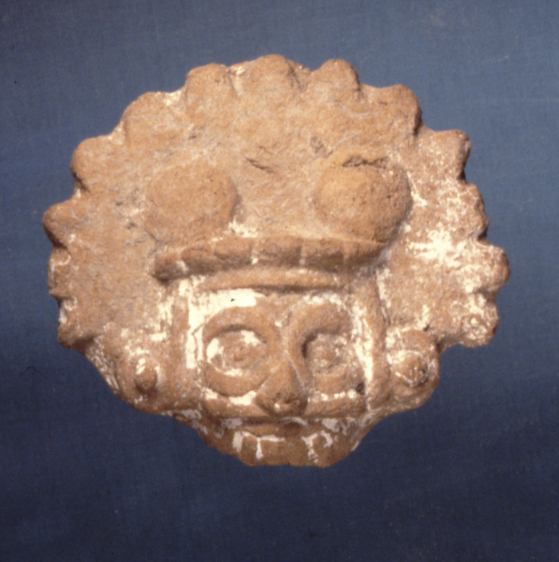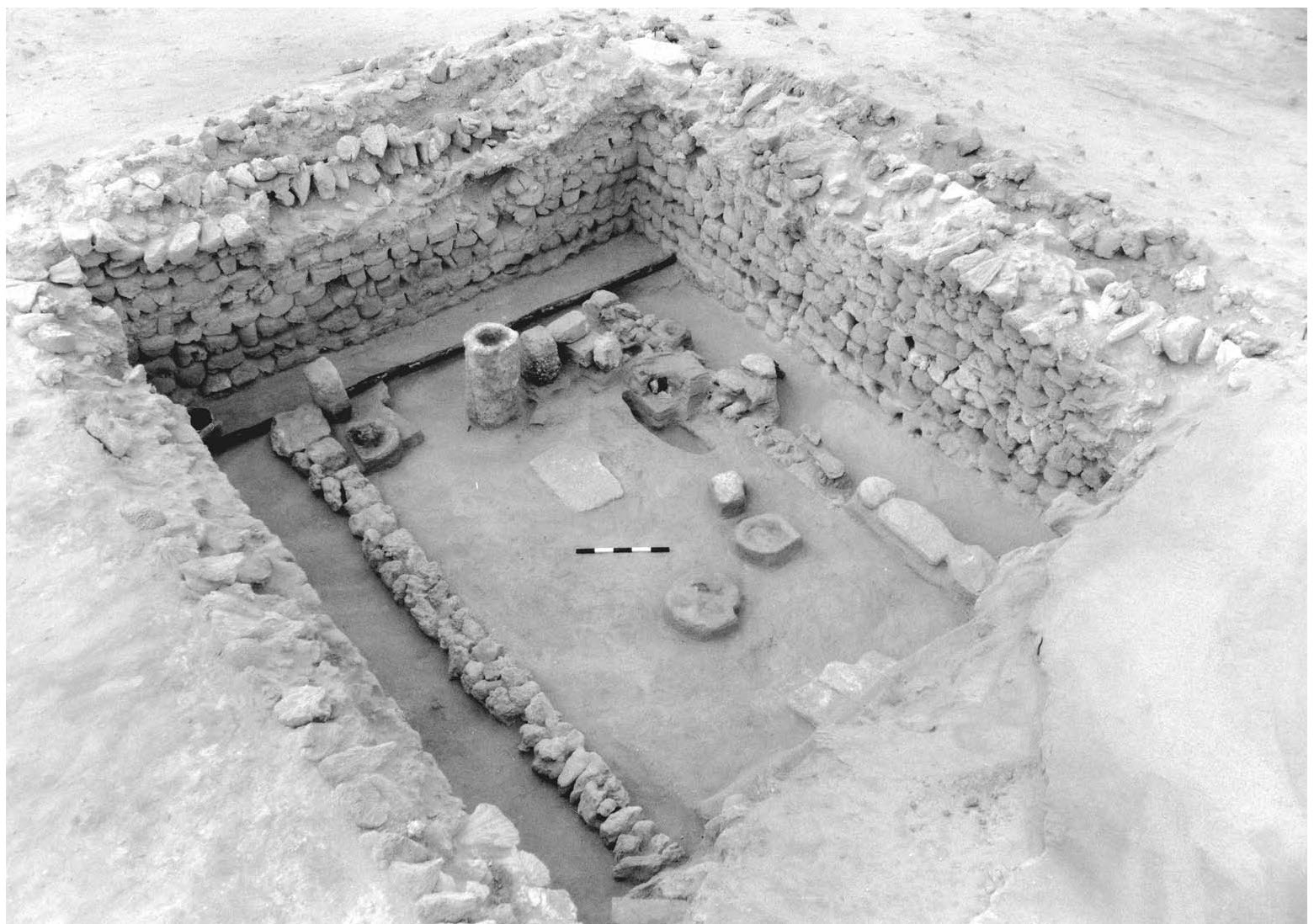Monographs
Village Potters of the Troodos Mountains: Ceramic Production in Agios Demetrios, Cyprus 1891-2002
Submitted by workstudy on December 7, 2023 - 12:00amThis volume is a study of four generations of female potters working in a remote Cypriot mountain village. Their coil-built jars, jugs, cookware, beehives, ovens, and decorative pots are the subject of Gloria London’s ethnoarchaeological research, including her quantitative data on pot dimensions, production rates, firing times, and rate of loss. The material evidence of potting practice is informed by 40 years of ongoing observation and conversations with the potters and their families.
The Archaeology of Political Organization: Urbanism in Classic Period Veracruz, Mexico
Submitted by workstudy on March 4, 2020 - 12:00amIn this volume, Barbara Stark examines settlement in the coastal plain of lowland Mesoamerica, which was richly endowed with fertile soil and valued tropical resources such as jaguars, cacao, avian species with bright plumage, and cotton.

Ceramics of Postclassic Cholula, Mexico: Typology and Seriation of Pottery from the UA-1 Domestic Compound
Submitted by admin on July 22, 2016 - 12:00amCeramic Production and Circulation in the Greater Southwest: Source Determination by INAA and Complementary Mineralogical Investigations
Submitted by admin on July 22, 2016 - 12:00amThe use of instrumental neutron analysis (INAA) in ceramic research in the American Sothwest has become widespread over the last ten years. This volume presents case studies of Southwestern ceramic production and distribution in which INAA is used as the primary analytical technique. These studies use provenance determination to explore such issues as exchange, migration, social identity, and economic organization. Case studies from the Southwestern periphery provide a comparative perspective from which to view the range of variation in Southwestern ceramic circulation patterns.
Archaeology in the Borderlands: Investigations in Caucasia and Beyond
Submitted by admin on July 22, 2016 - 12:00amSet on a broad isthmus between the Black and Caspian Seas, Caucasia has traditionally been portrayed as either a well-trod highway linking southwest Asia and the Eurasian Steppe or an isolated periphery of the political and cultural centers of the ancient world. Archaeology in the Borderlands: Investigations in Caucasia and Beyond critically re-examines traditional archaeological work in the region, assembling accounts of recent investigations by an international group of scholars from the Caucasus, its neighbors, Europe, and the United States.
Pottery of Prehistoric Honduras
Submitted by dwhitmore on May 20, 2016 - 12:00amThe contributors to this volume have addressed issues of systematics in pottery analysis that perplex archaeologists wherever they work. These issues are not approached by setting forth rules or by adopting a how-to approach but rather by example as the various researchers give the background to their work, explain their methods, and present the classified pottery from their investigations.
Pictographs & Petroglyphs of the Oregon Country
Submitted by dwhitmore on May 20, 2016 - 12:00amThe result of twenty years of searching out and recording ancient designs on rocks in Oregon and Washington, Pictographs and Petroglyphs of the Oregon Country is now in a convenient, one-volume edition. The authors, Malcolm and Louise Loring, began their monumental task in the early 1960s as members of the Oregon Archaeological Society committee dedicated to surveying and recording rock art. Soon finding themselves a committee of two, they soldiered on with the monumental task of cataloging and illustrating rock art of the region.
Berenike 1999/2000
Submitted by dwhitmore on October 7, 2015 - 12:00amExcavations at Berenike, a Greco-Roman harbor on the Egyptian Red Sea coast, have provided extensive evidence for trade with India, South-Arabia and sub-Saharan Africa.

Icon, Cult, and Context: Sacred Spaces and Objects in the Classical World
Submitted by dwhitmore on August 12, 2015 - 12:00amThis festschrift honors UCLA professor emerita Susan Downey and her meticulous scholarship on religious architecture and imagery in the Roman/Hellenistic world. The iconography of gods and goddesses, the analysis of sacred imagery in the context of ancient cult practices, and the design and decoration of sacred spaces are the main themes of the book.
Professor Downey’s influence shines through in these discussions, which echo her mentorship of several generations of art history and archaeology students, and recognize her scholarly achievements.


